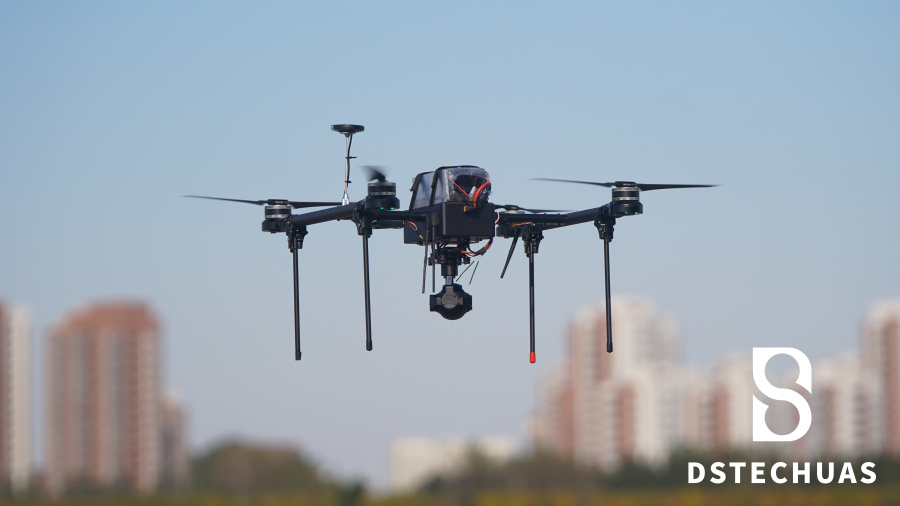Drone User Basics

Virginia Leads the Way in Unmanned Systems Research and Development
Virginia Leads the Way in Unmanned Systems Research and Development
If you are interested in learning more about unmanned systems, look no further than Inside Unmanned Systems. This quarterly publication focuses on the industry, analyzing its uses across all operational domains, and exploring the latest technological innovations that are shaping the industry. Featuring case studies and in-depth coverage, Inside Unmanned Systems offers students a behind-the-scenes look at how unmanned systems operate, and offers a unique insight into the innovative solutions driving rapid adoption in a variety of new market segments.
The Inside Platforms program is an organization that supports the advancement of Unmanned Systems technologies through the sharing of resources, increasing industry awareness, and understanding national directions. This organization also partners with companies to conduct research, develop new systems, and evaluate performance. Membership is only $15,000 per year. Among its members are academics and industry leaders, focusing on performance evaluation, safety management, and regulatory compliance. In addition to developing new technologies, the consortium also offers professional development programs and provides access to resources to advance Unmanned Systems technology.
USI's Sandstorm unmanned aircraft system is designed for training in multiple applications. This vehicle costs a fraction of what an MQ-1 does for the same amount of time. With increased takeoff and landing capability, it's one of the most economical ways to train in UAS operations. Additionally, USI supports various types of UAS. Its own fleet includes both fixed-wing and rotary-wing aircraft. These systems can operate in a variety of different environments.
With its strong industry support, Virginia is poised to lead this disruptive technology sector. The state has one of the six FAA-designated UAS test sites in the country. In addition, the state is home to two NASA facilities focused on UAS research. The state is home to numerous UxS testing facilities and manufacturing companies. In addition to its top-rated education system, Virginia is also home to major defense contractors. The state also has no additional government regulation regarding the UxS industry.
While the majority of UAVs are autonomous, some are piloted by a human operator. Generally, the controller is on the ground, although some can operate from an airborne platform or subsurface. Regardless of its piloting mode, the UAV will have a means to transmit collected data to a command and control link. Ultimately, the future of UAVs lies in the hands of the developer community. And while the future of unmanned systems is still undefined, research is helping to push the boundaries of technology.
Moreover, the growing recreational use of UAS is deemed to be a major public interest issue, but isn't the greatest threat to the manned aviation industry. This growing hobby is expected to expand exponentially over the next decade, and there are a wide range of potential uses for these systems. While these systems pose a unique set of risks, they are considered to be safe as long as operators are well-qualified. This market brief explores this issue, providing an overview of the unmanned aircraft systems marketplace.
1users like this.
